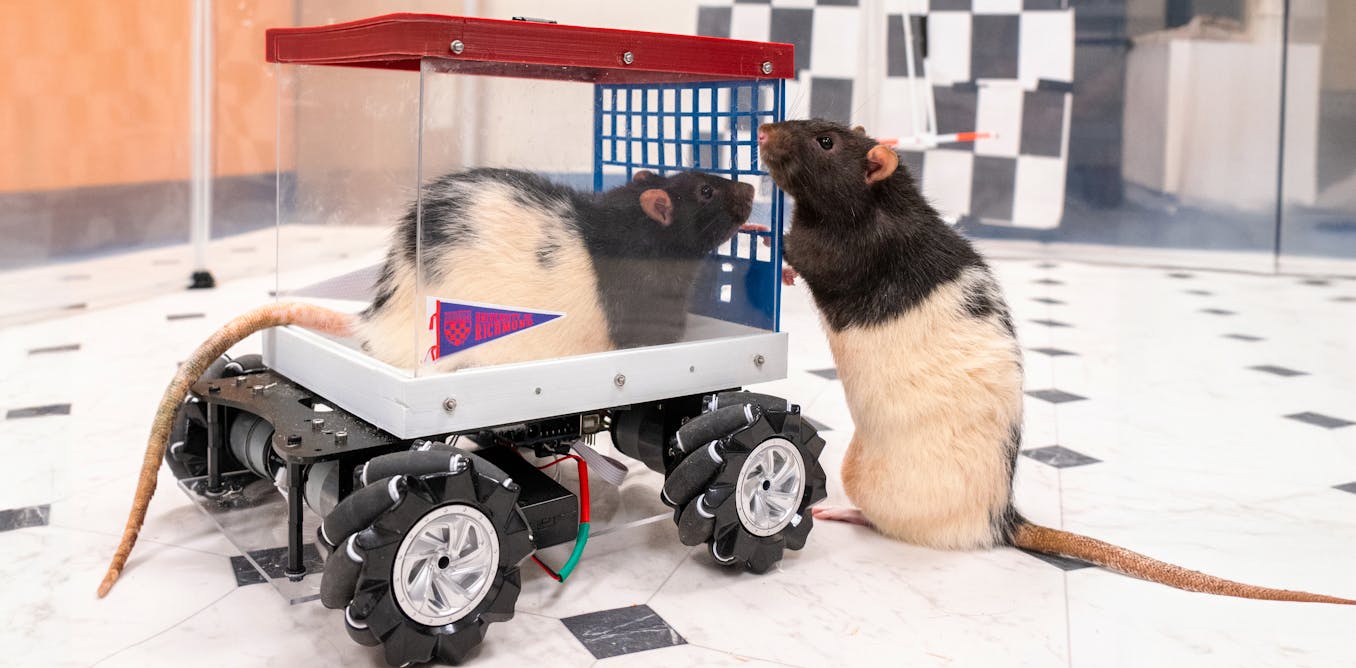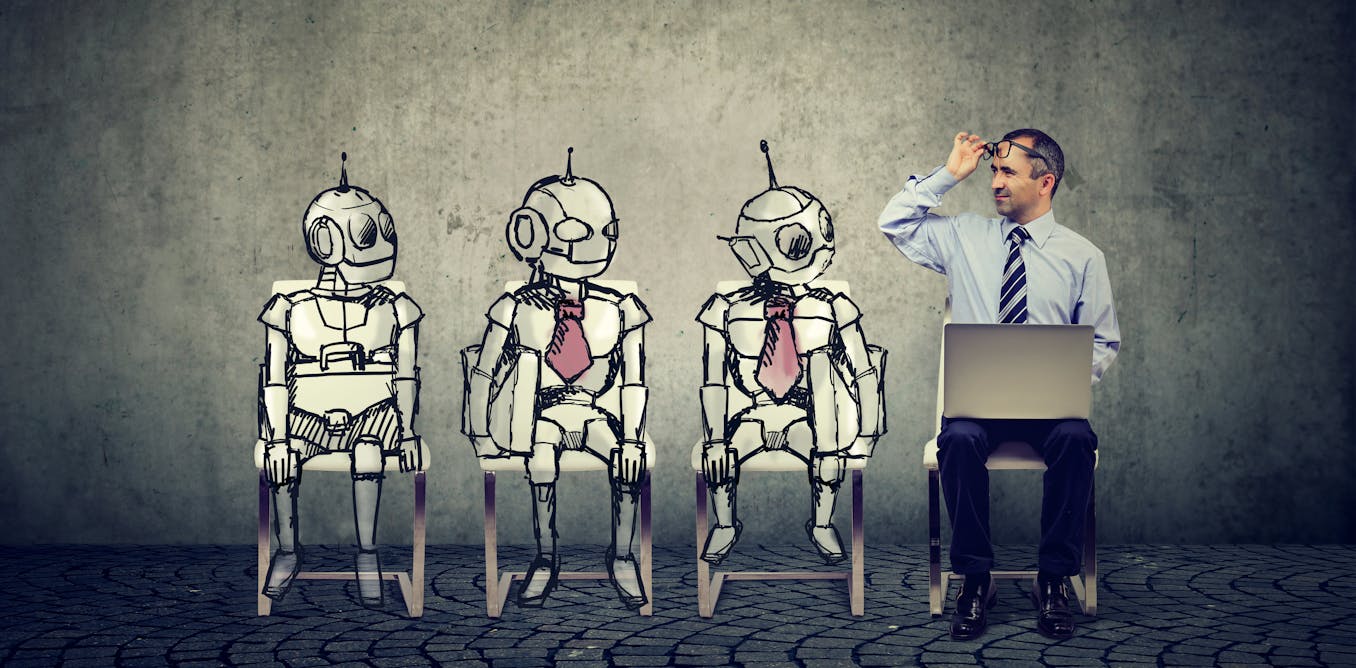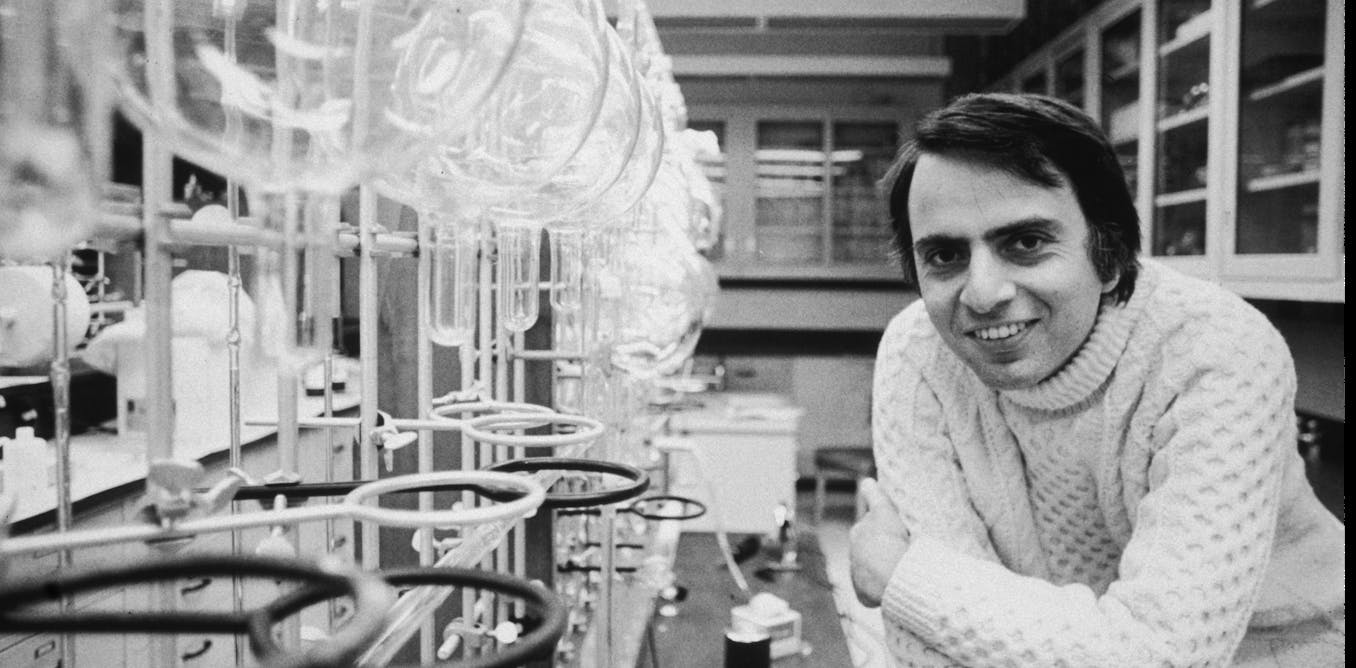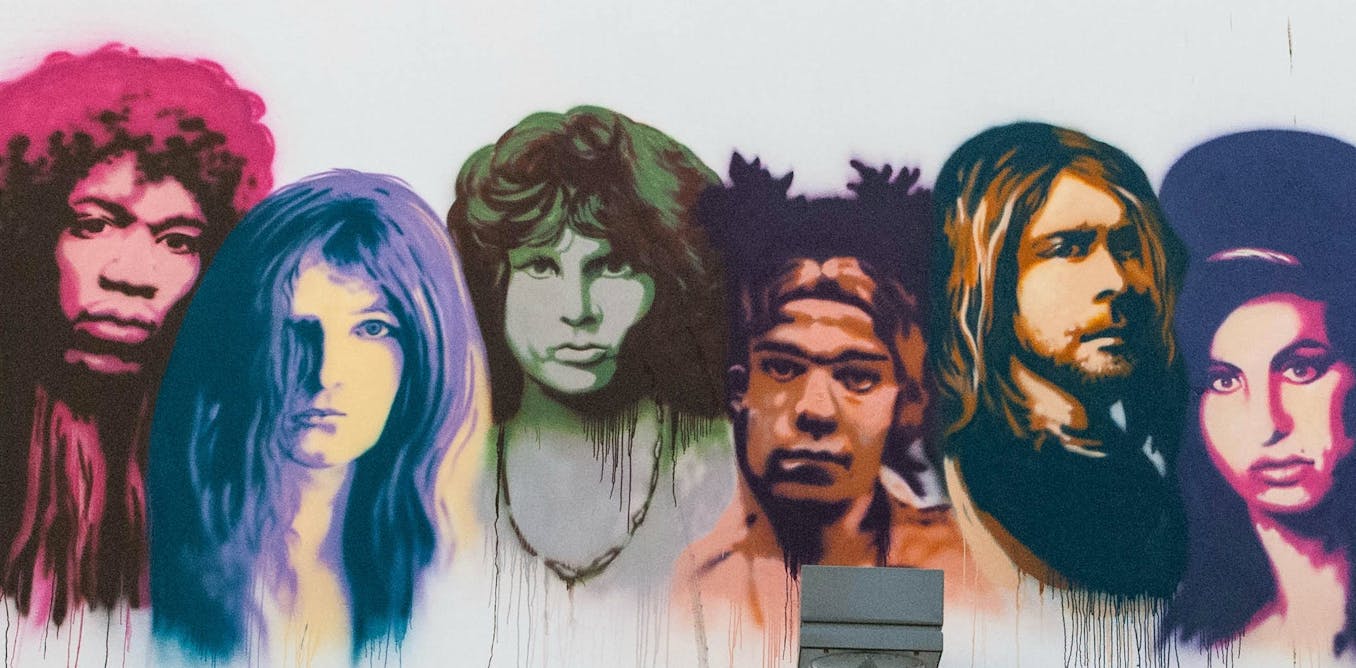Technology
Storytelling strategies make communication about science more compelling
As a Science communication scholar, I’ve always supported vaccination and trusted medical experts – and I still do. As a new mom, however, I’ve been confronting new-to-me emotions and concerns while weighing decisions about my son’s Health.
Vaccines are incredibly effective and have minimal risks of side effects. But I began to see why some parents may hesitate because of the flood of content, especially online, about potential vaccine risks.
Part of what makes vaccine misinformation persuasive is its use of storytelling. Antivaccine advocates share powerful personal experiences of childhood illnesses or alleged vaccine side effects. It is rare, however, for scientists to use the same storytelling strategies to counter misinformation.
In my book “Science v. Story: Narrative Strategies for Science Communicators, I explore how to use stories to talk in a compelling way about controversial science topics, including vaccination. To me, stories contain characters, action, sequence, scope, a storyteller, and content to varying degrees. By this definition, a story could be a book, a news article, a social media post, or even a conversation with a friend.
While researching my book, I found that stories about science tend to be broad and abstract. On the other hand, science-skeptical stories tend to be specific and concrete. By borrowing some of the strategies of science-skeptical stories, I argue that evidence-backed stories about science can better compete with misinformation.
To make Science’s stories more concrete and engaging, it’s important to put people in the story, explain Science as a process, and include what people care about.

Put people in the story
Science’s stories often lack characters – at least, human ones. One easy way to make better stories is to include scientists making discoveries or performing experiments as the characters.
Characters can also be people affected by a scientific topic, or interested in learning more about it. For example, stories about climate change can include examples of people feeling the effects of more extreme weather events, such as the devastating impacts of California wildfires on local communities.
Characters can also be storytellers who are sharing their personal experiences. For example, I started this article with a brief discussion of my personal vaccine decisions. I was not a hidden or voiceless narrator, but someone sharing an experience that I hope others can relate to.
Explain science as a process
People often think of science as objective and unbiased. But science is actually a human practice that constantly involves choices, missteps and biases.
At the beginning of the COVID-19 pandemic, for example, the medical advice was not to mask. Scientists initially thought that masks didn’t prevent transmission of the SARS-CoV-2 virus that causes COVID-19. However, after additional research, medical advice changed to support masking, providing the public with the most updated and accurate knowledge.
If you explain science as a process, you can walk people through the sequence of how science is done and why researchers reach certain conclusions. Science communicators can emphasize how science is conducted and why people should trust the process of science to provide the most accurate conclusions possible given the available information.
Include what people care about
Scientific topics are important, but they may not always be the public’s most pressing concerns. In April 2024, Gallup found that "the quality of the environment” was one of the lowest-ranked priorities among people in the U.S. Of those polled, 37% said they cared a great deal about it. More immediate issues, such as inflation (55%), crime and violence (53%), the economy (52%), and hunger and homelessness (52%) ranked much higher.
Stories about the environment could weave in connections to higher-priority topics to emphasize why the content is important. For example, stories can include information about how mitigating climate change can work hand in hand with improving the economy and creating jobs.

Telling science’s stories
Scientists, of course, can be science communicators, but everyone can tell science’s stories. When we share information online about health, or talk to friends and family about the weather, we contribute to information that circulates about science topics.
My son’s pediatrician was a science communicator when she explained the vaccine schedule and ways to keep my son comfortable after receiving vaccines. I was a science communicator when I spoke to others about my decisions to fully vaccinate my son on the recommended schedule, and how he is now a healthy and happy 9-month-old.
When communicating about science topics, remember to borrow features from stories to strengthen your message. Think about all of a story’s features – character, action, sequence, scope, storyteller and content – and how you might incorporate them into the topic. Everyone can find opportunities to strengthen their science communication, whether it’s in their jobs or in their everyday interactions with friends and family.
-

 Technology11h ago
Technology11h ago2024’s final supermoon visible tonight in Pakistan | The Express Tribune
-
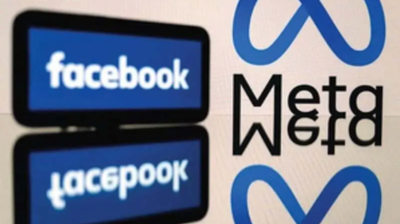
 Technology1d ago
Technology1d agoEU fines Meta €798 million for Facebook Marketplace's 'abusive practices' | The Express Tribune
-

 Technology1d ago
Technology1d agoSpain's 'La Vanguardia' exits X, citing rise in toxic content | The Express Tribune
-

 Technology1d ago
Technology1d agoThe Gap Between Open and Closed AI Models Might Be Shrinking. Here’s Why That Matters
-

 Technology1d ago
Technology1d agoDenver Broncos on verge of giving fans faster internet as it installs Wi-Fi 6E at stadium
-
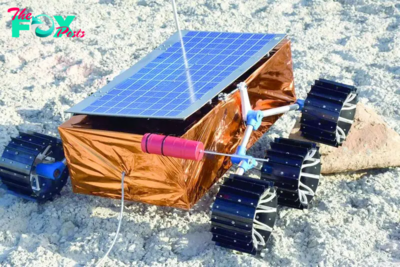
 Technology1d ago
Technology1d agoSUPARCO's rover to explore lunar surface | The Express Tribune
-

 Technology2d ago
Technology2d agoXpeng Aeroht secures 2008 pre-orders for modular flying car at Airshow China | The Express Tribune
-

 Technology2d ago
Technology2d agoUnderstanding Retrieval-Augmented Generation (RAG): The Future of AI-Powered Information Retrieval and Response Generation


